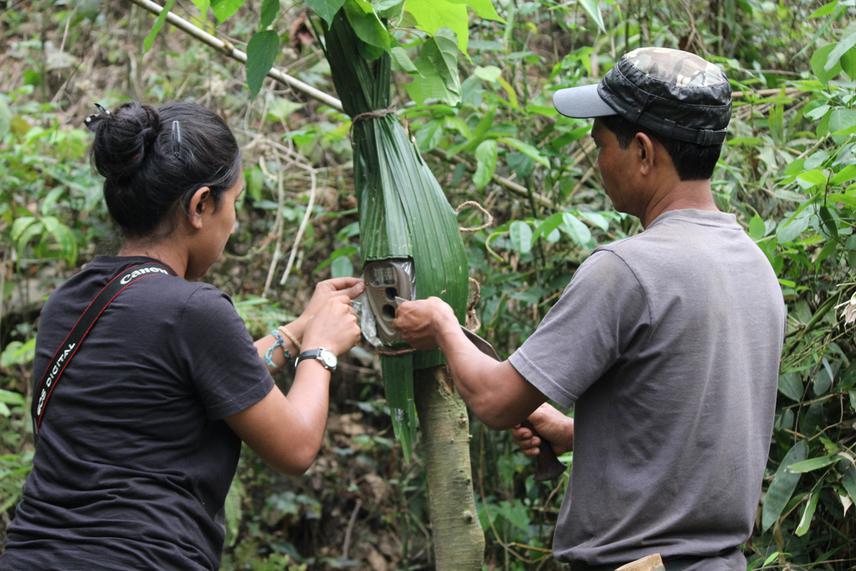Shikha Srikant
Under the aegis of the project, I aim - a) use faecal matter to identify the species through genetic analysis and investigate their diets and b) fostering community-based carnivore conservation programme based on people’s perception in Balpakram landscape.

My study will help in determining a cost-effective inventory method in baseline data collection for secretive carnivores in a challenging landscape in terms of steep, hilly rugged terrain and forest habitat. This study will provide a broader understanding on the poorly studied carnivore community of north-eastern India including highlighting some lesser carnivores which are still categorised as data deficient. The proposed study will focus in Balpakram landscape which is located in the South Garo Hills district of the state of Meghalaya, North Eastern India. It is a heterogeneous landscape that comprises a mosaic of protected areas and community-owned land.
Despite having good diversity of carnivores known from the camera trap documentation, human-carnivore conflict incidents has not come to light because there was no dedicated and directed interaction with the local community to acquire this information. Hence a questionnaire survey will be designed to understand the perception of the local people towards co-existence with wildlife, with special focus on carnivores. Additional outreach and systematic sharing of data with forest officials, it is expected, will encourage the community as well as forest managers for effective conservation of wildlife especially carnivores.
With implementation of the project, following conservation outputs are expected-
1. This work on carnivore diets will be the first baseline scientific survey in Balpakram landscape.
2. The study will identify carnivore species using faecal matters.
3. Develop a field guide manual to identify the carnivore species through the morphometry of the faecal matter after confirmation through genetic analysis.
4. Frequency of occurrence of prey in the scat will indicate diet preferences of each carnivore species.
5. Dietary overlap between the sympatric carnivores will be calculated.
6. The questionnaire survey will reveal the dependences of local community on the natural resources used by carnivore community and their attitudes towards them.